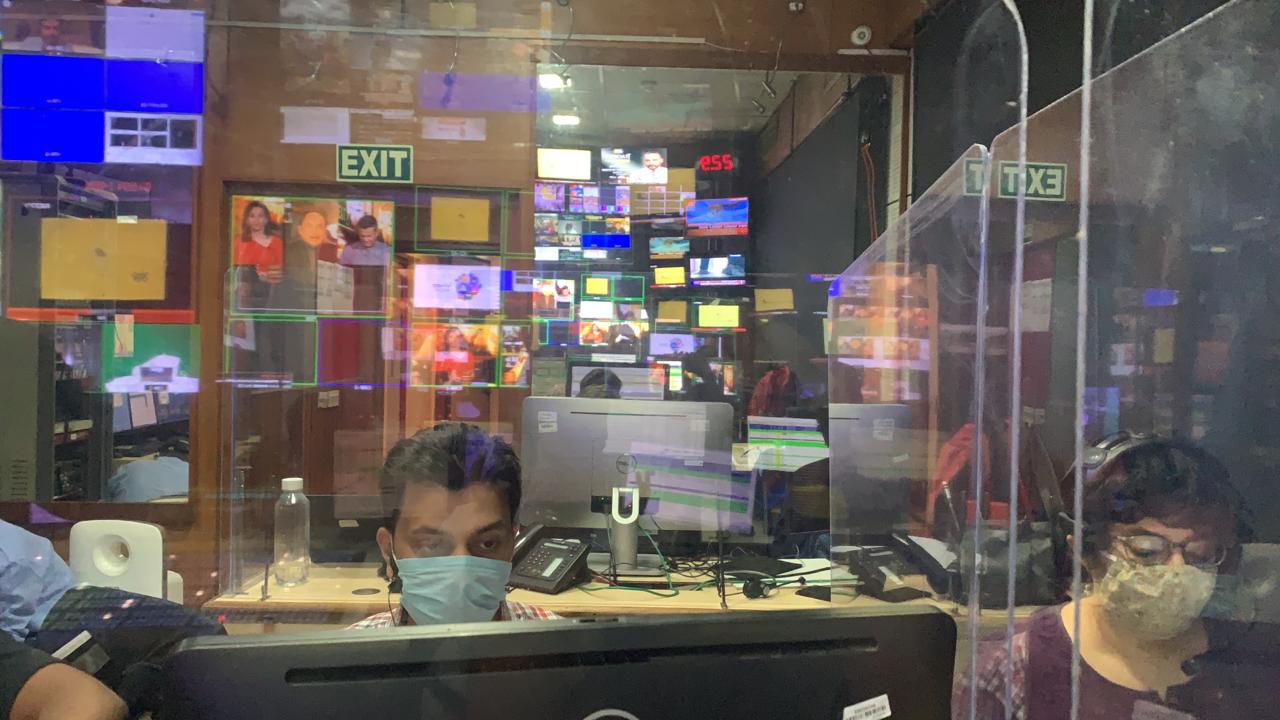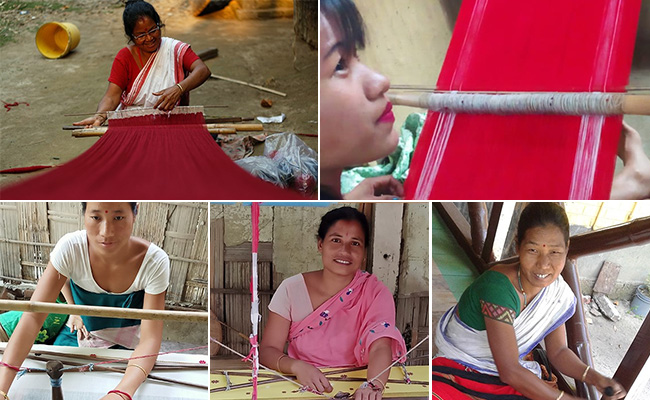Handmade Dil Se is Habba's attempt to bring back the demand for handmade in India and revive the livelihoods of artisans and weavers. Habba has curated surprise hampers from across India for you. The art hampers feature carefully curated art forms across Textiles (handwoven, and hand embroidered), Wooden, Metal, Earthy and Hand Painted handicrafts from across India. You can choose the art forms you want to support and buy these exquisite surprise hampers for yourself and your loved ones.
Here are the Highlights of the #HandmadeDilSe Telethon:
To lend your support to the initiative click on this link: https://special.ndtv.com/handmade-dil-se-79/buy-handmade
To support artisans and weavers, buy handmade: https://special.ndtv.com/handmade-dil-se-79/buy-handmade



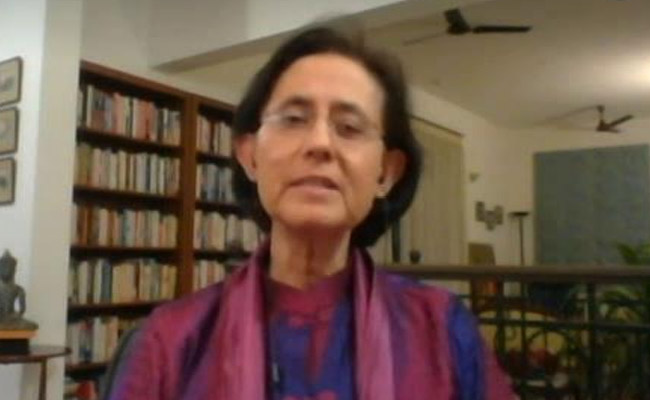


Buy handmade: https://special.ndtv.com/handmade-dil-se-79/buy-handmade
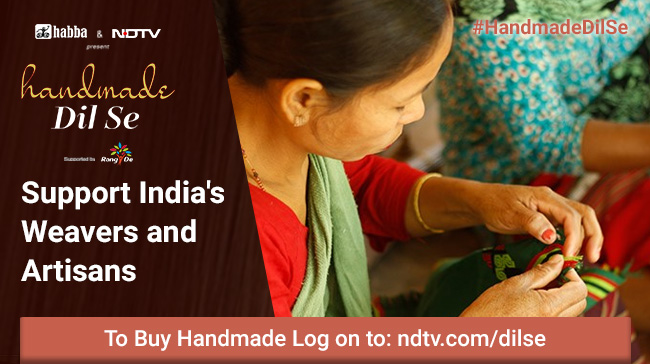
Here's how to get involved. Buy handmade: https://special.ndtv.com/handmade-dil-se-79/buy-handmade

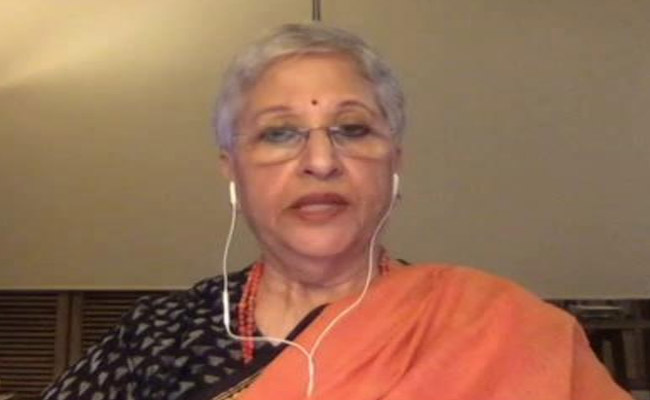
[Sponsored]#HandmadeDilse | Smita Ram and Ram NK, the co-founders of Habba, an artisan-centric eCommerce initiative, speak to NDTV
- NDTV (@ndtv) November 1, 2020
More at https://t.co/Mxl3DkjSp6
In partnership with @RangDe @habbaorg pic.twitter.com/r4RUNaYory



To buy handmade click on this link: https://special.ndtv.com/handmade-dil-se-79/buy-handmade








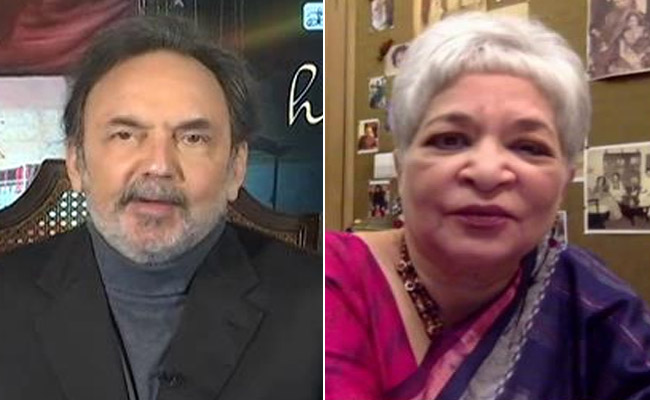


Buy handmade: https://special.ndtv.com/handmade-dil-se-79/buy-handmade

